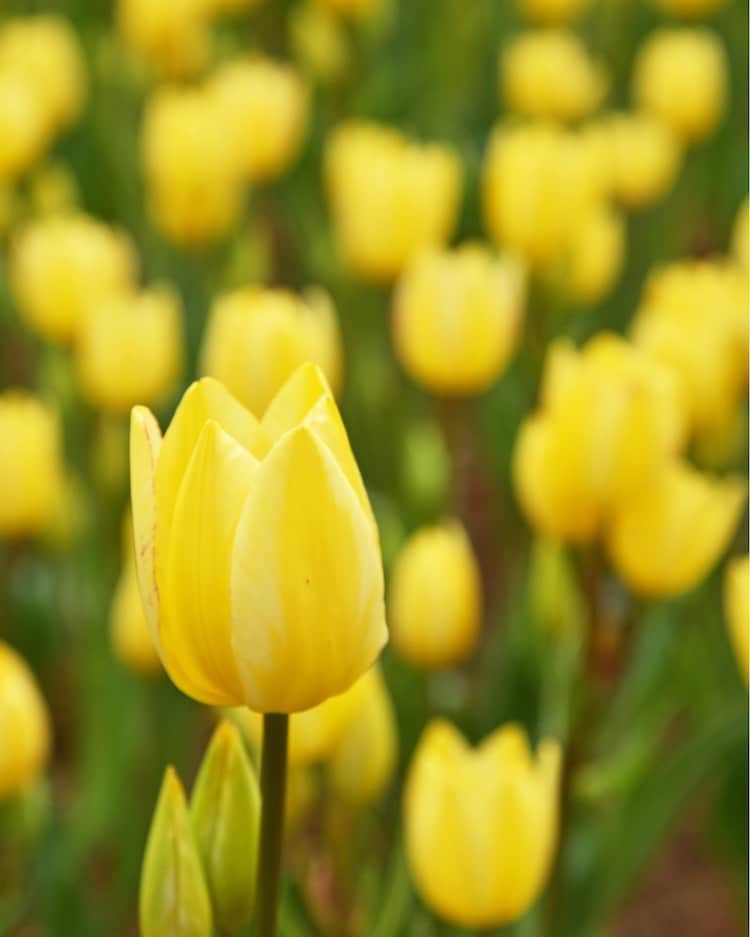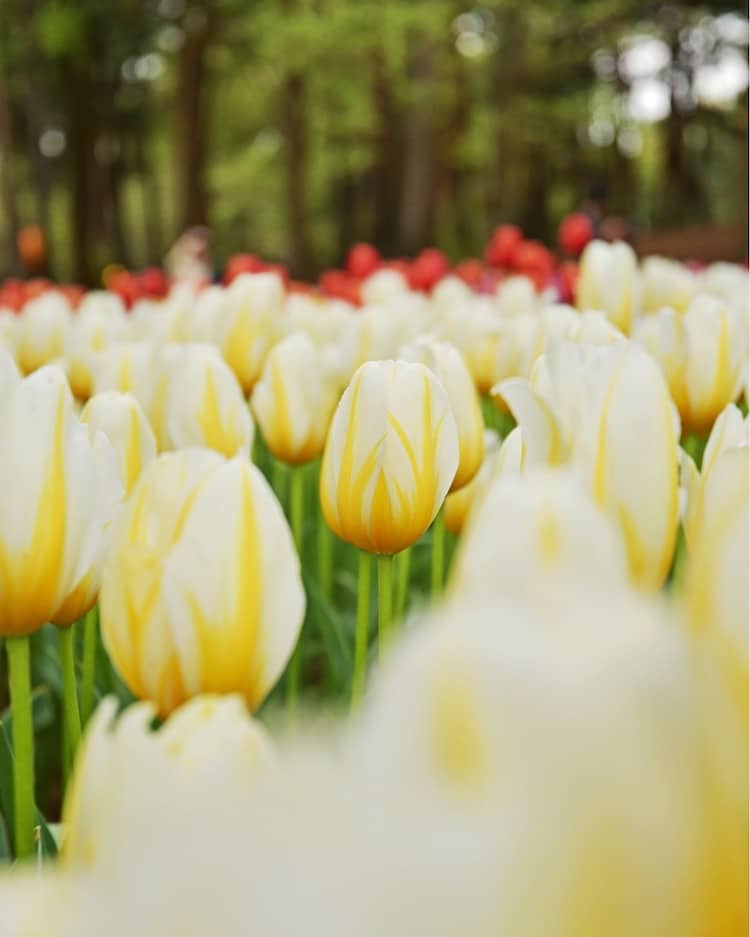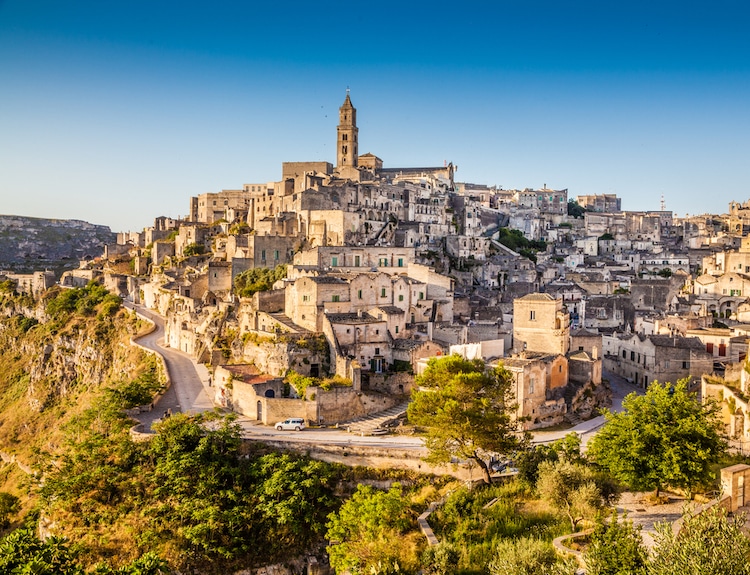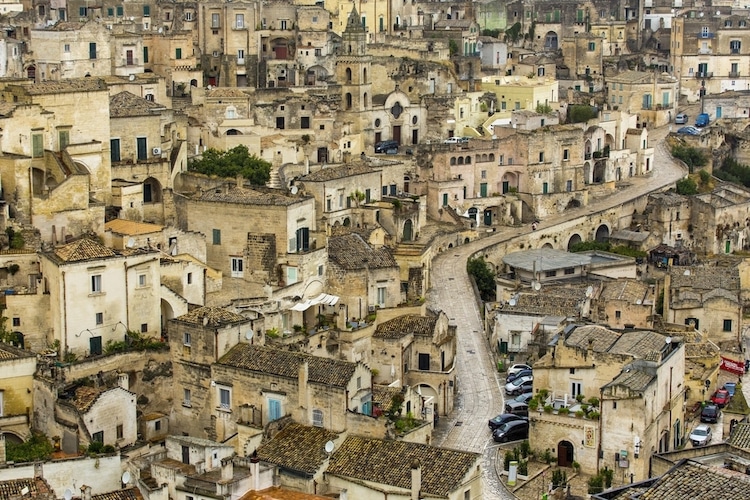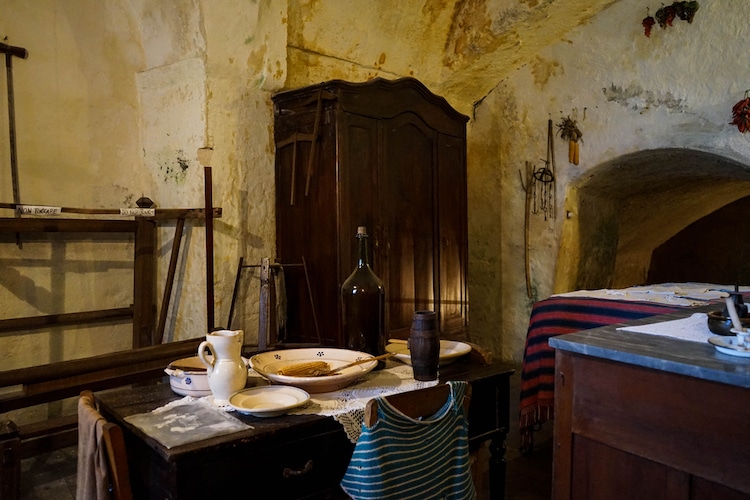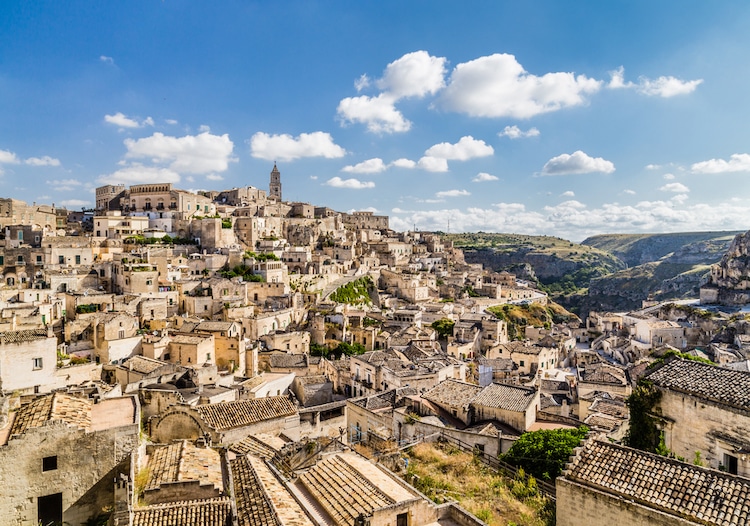
Photo: Museum of London Archaeology
Roman London was a thriving metropolis and outpost of empire. Known as Londinium, it was founded around 43 CE when Roman troops invaded England. They built the earliest “London bridge,” as well as temples, bathhouses, palaces, and more. The remains of this ancient cosmopolitan network still lie below the modern city, and are often discovered during building projects and archeological digs. Recently, a rare mausoleum was unearthed in London's Southwark neighborhood in the Liberty of Southwark site. This incredible find includes mosaics, stairs, and other fascinating relics.
The excavation site has previously yielded impressive mosaics. The Museum of London Archaeology (MOLA) on behalf of Landsec and Transport for London (TfL) conducted this most recent dig which encountered the mausoleum. The building consists of a mosaic floor, raised platforms, walls, and even stairs leading up to another mosaic. It appears the ancients may have built a second, raised floor above the original lower mosaic. Over 100 coins, pottery shards, roofing tiles, and metal fragments were uncovered, too.
The site was likely a burial ground for wealthy Roman Londoners. However, coffins have not yet been uncovered. “This relatively small site in Southwark is a microcosm for the changing fortunes of Roman London—from the early phase of the site where London expands and the area has lavishly decorated Roman buildings, all the way through to the later Roman period when the settlement shrinks and it becomes a more quiet space where people remember their dead,” says Antonietta Lerz, senior archaeologist at MOLA. While The Liberty of Southwark will be a commercial complex, there are plans to preserve the site so that the public can see this cool part of the city's history.
Lerz adds, “The rediscovery of thus Roman mausoleum and mosaics is a testament to the rich tapestry of our past.” You can explore the site in 3D with this model to see for yourself.
A rare Roman-era mausoleum has been excavated in London's Southwark neighborhood, indicating the former presence of a substantial building of Roman London.
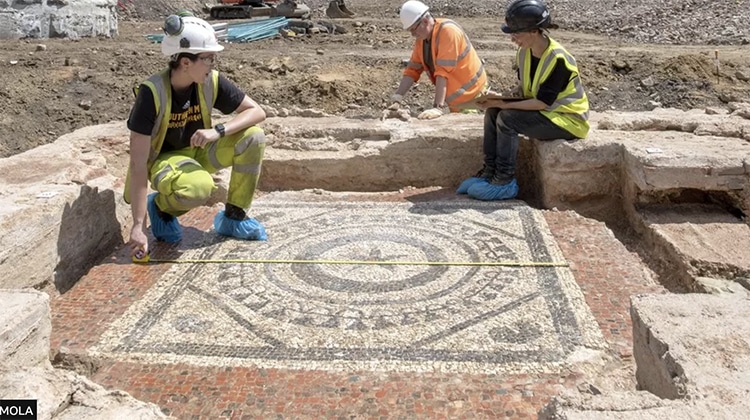
Photo: Museum of London Archaeology
The unique site features a mosaic floor that likely was part of a larger burial complex.

Photo: Museum of London Archaeology
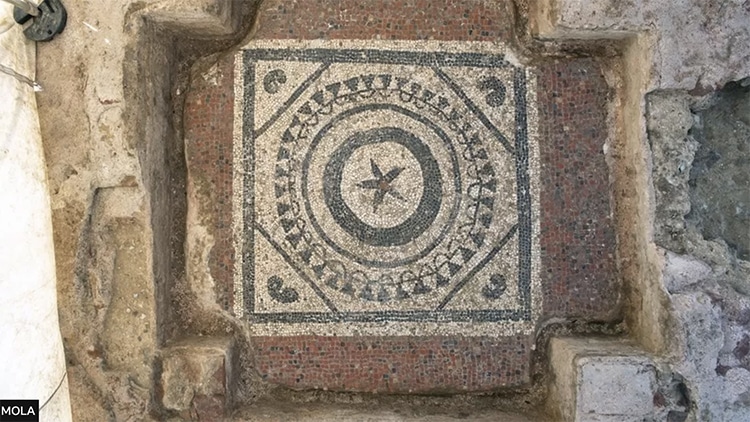
Photo: Museum of London Archaeology



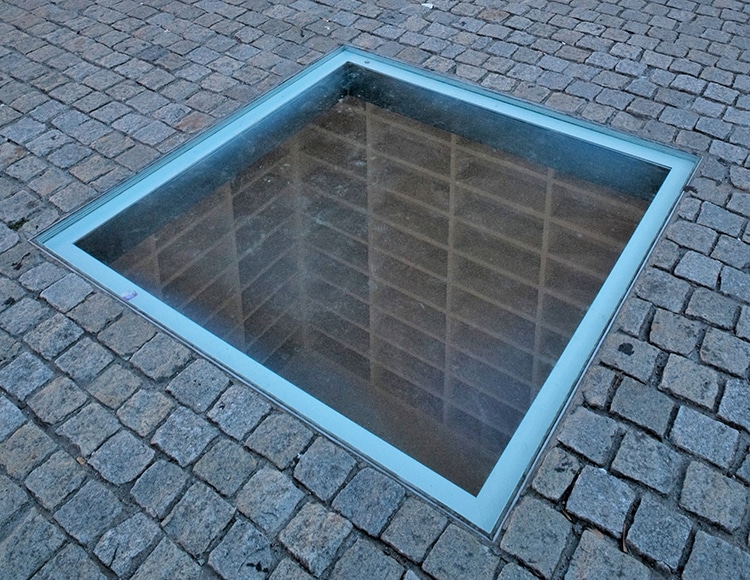






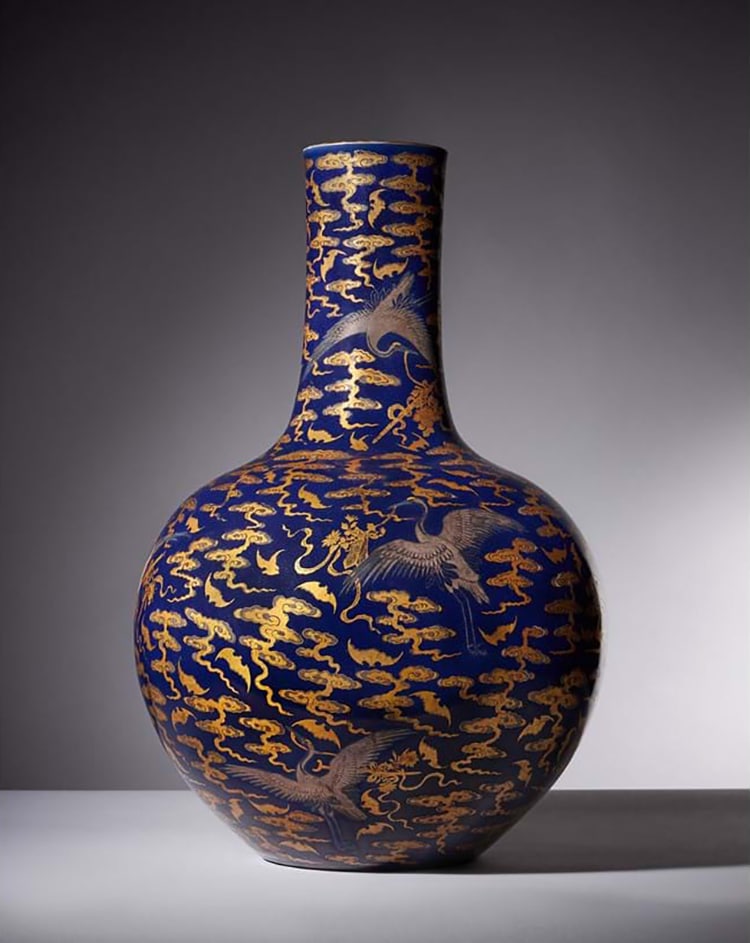
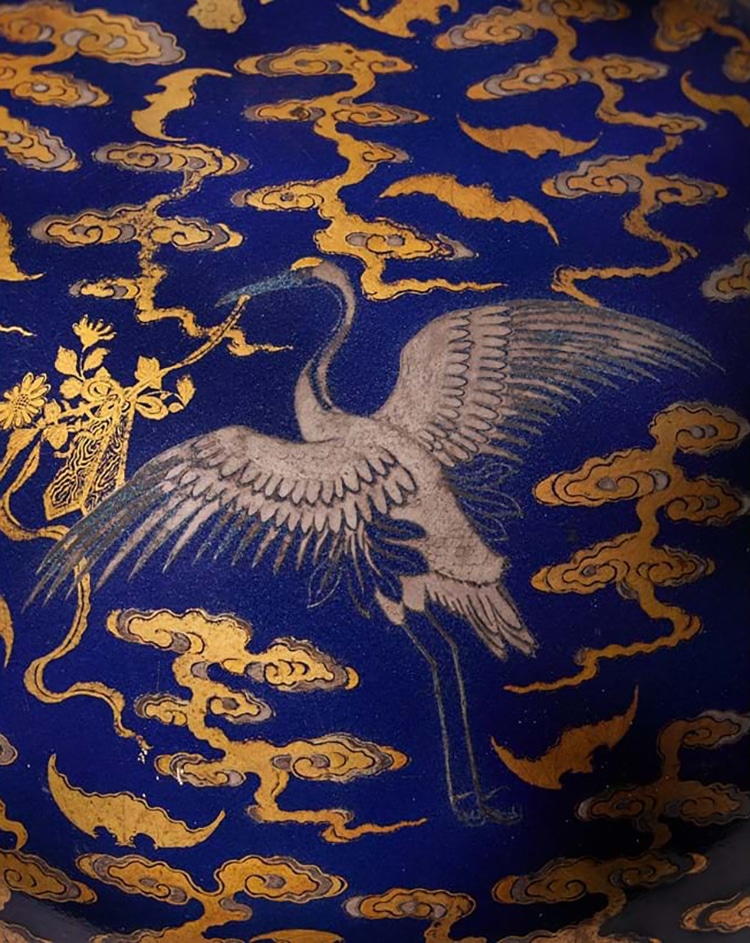
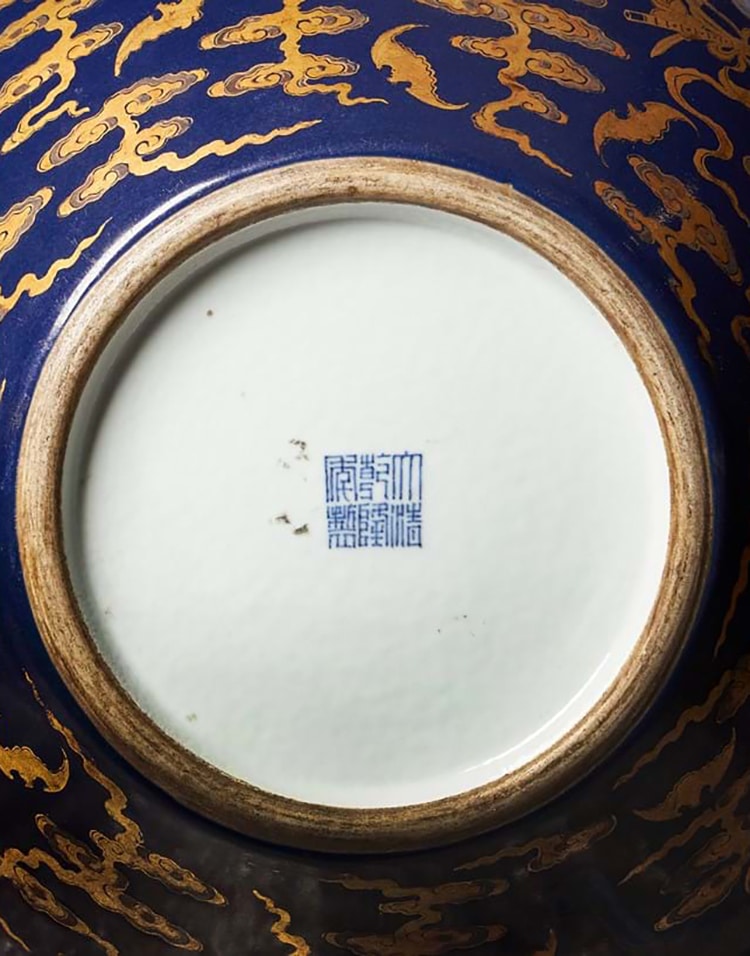


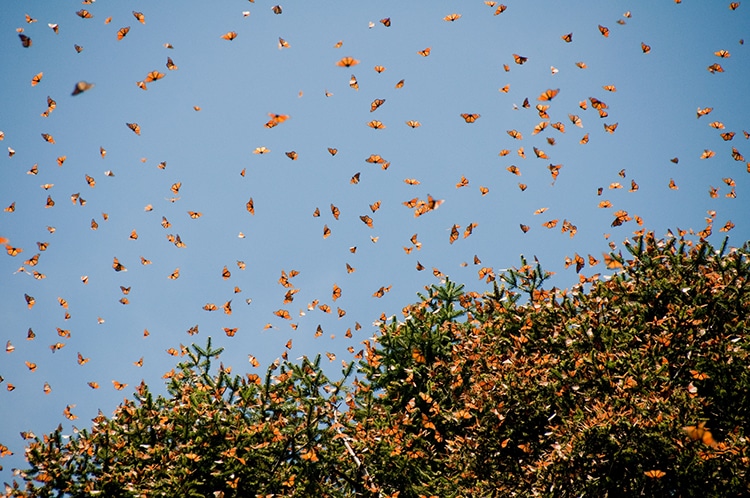




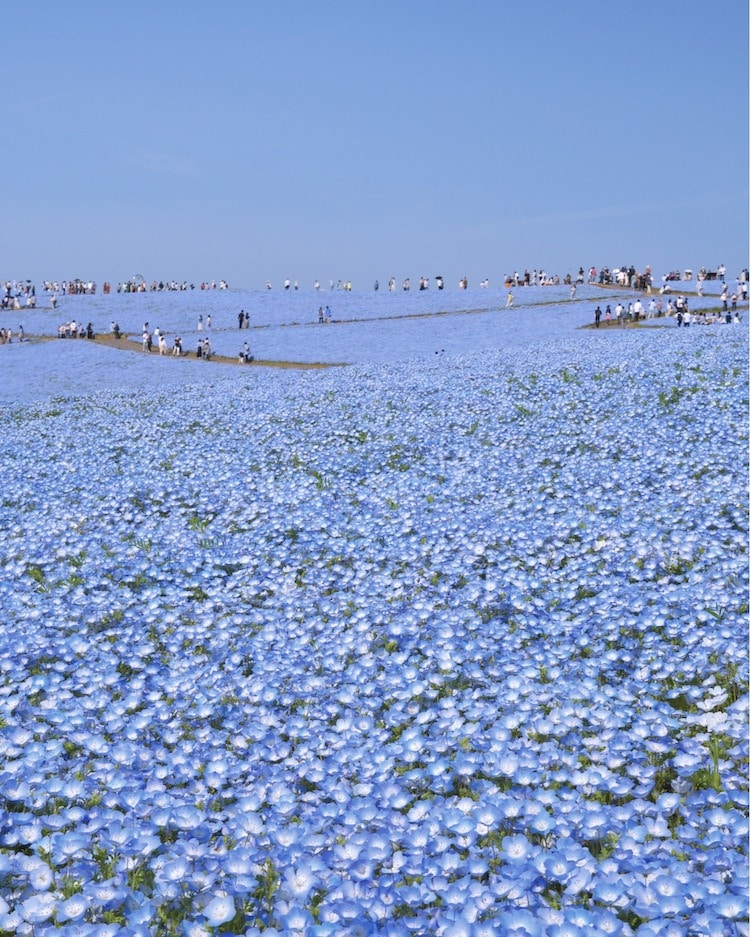
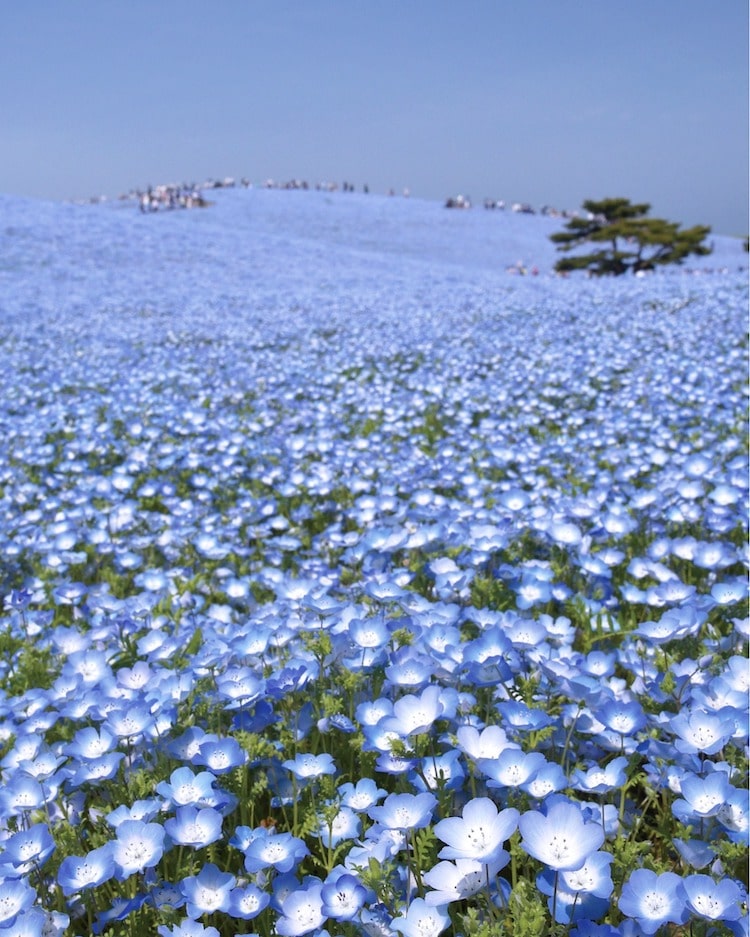


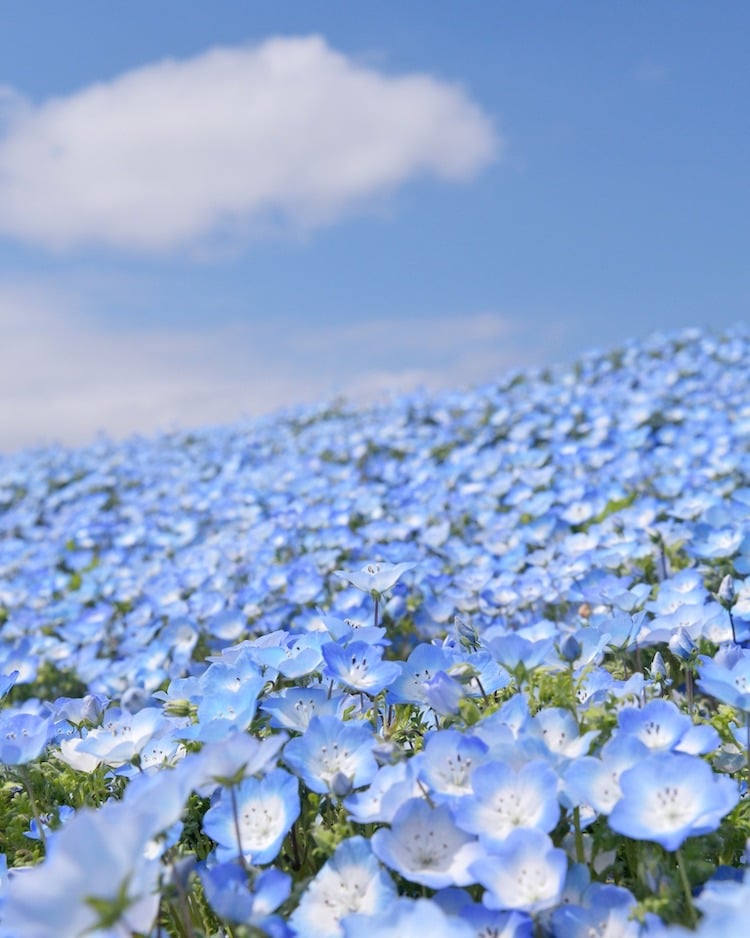


 c
c
